It’s a sign of real accomplishment for an artist to have a monograph of their work published. I would imagine that a few hundred are published worldwide by recognized publishing companies each year. But much more rare is the collector’s monograph. That’s right. You have amassed a collection of (x) that is so stupendous that “let’s make a book about it!” And the book costs like $60.
Of all the cults and sub-cults of audio-equipment collecting, few are more rarefied and costly than collecting antique movie-theatre equipment; especially equipment made by the Western Electric Company (hf. WE). I won’t go into WE; the company had such a complicated history filled with intense government regulation, so tightly intertwined were they with the communication industries in American life; check out wikipedia for the details. Suffice to say that, along with RCA, WE was a main manufacturer of the equipment used to playback sound in movie theatres at the dawn of the sound-film era (late 1920s). Since the equipment was designed for such purpose, quality and reliability was very high. Also massive.
(from “Recording Sound For Motion Pictures,” McGraw-Hill, 1931)
Here’s RCA’s theater system from that era:
(from ‘Audels New Electric Library,’ Audel+ Co, 1931-1958)
Mr. Yashima had quite a collection of this stuff.
(scanned from “Makoto Yashima Collection,” Seibundo, Japan)
It’s hard for me to say what the value of these WE components is, but i can easily imagine single pieces trading in the 5 figures.
Getting back down to earth, WE stopped making theatre-sound equipment in the late 1940s due to anti-trust regulations (complicated, right?), but RCA kept on building it.
This brings us into the realm of more accessible (even downright cheap!) devices. Even though this later hardware may be inexpensive nowadays, we are still dealing with equipment that is designed for ultimate reliability, and really very good fidelity. After all, tens of thousands of people sat in these theaters every year, paying a good fee in order to watch and listen to the latest films… this is a case where quality really matters.
I picked up this circa 1960 RCA 9362 booster amp for… maybe… $70? on eBay a while back. I had no idea what it was, but it looked like it might be useful in the studio. And here is where it gets technical….
I could not find any technical information on the web about this device. The only info i did find was from www.widescreenmuseum.com: apparently these 9362s were used after the photocell amp, but before a 4-ganged volume pot, in RCA’s “four channel magnetic track motion picture film of the “CinemaScope Type”.
I did see one other fellow on eBay who had built a couple of them into a little line-preamp….
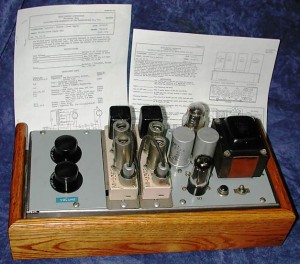 (this is the unit someone else had built and sold on eBay)
(this is the unit someone else had built and sold on eBay)
…but a studio microphone pre-amp is more practical for me. It seemed pretty clear to me that the shielded cable on the top of the unit was likely a hi-Z input (it was), so the only work i had to do was decipher the pin-out of the Jones connector on the bottom of the unit (1, 2= heater, 3= ground, 4= B+, 5, 6= balanced output). Well, that and build the thing.
Since it was pretty clear from the circuit type (phase inverter- push-pull output amp) that the 9362 would not have enough gain (level boost) to use as a mic pre-amp, i took the opportunity to build this little RCA 5879-tube mic preamp from their manual RC-25.
I had never built a 5879-based mic preamp, and i have to say… it’s really pretty great sounding! I used a Jensen 115 mic input transformer, which are great btw, and the whole unit sounds really great.
The horizontal switch / ¼” jack in the front of the unit allows the user to select either the balanced input-5879 preamp-500k pot chain OR simply go hi-Z directly into the RCA 9362 amp.
Does anyone out there use old WE theater equipment for tracking/recording?
Is there any de-accessioned theater sound equipment from the 70s/80s/90s that we should be digging into?
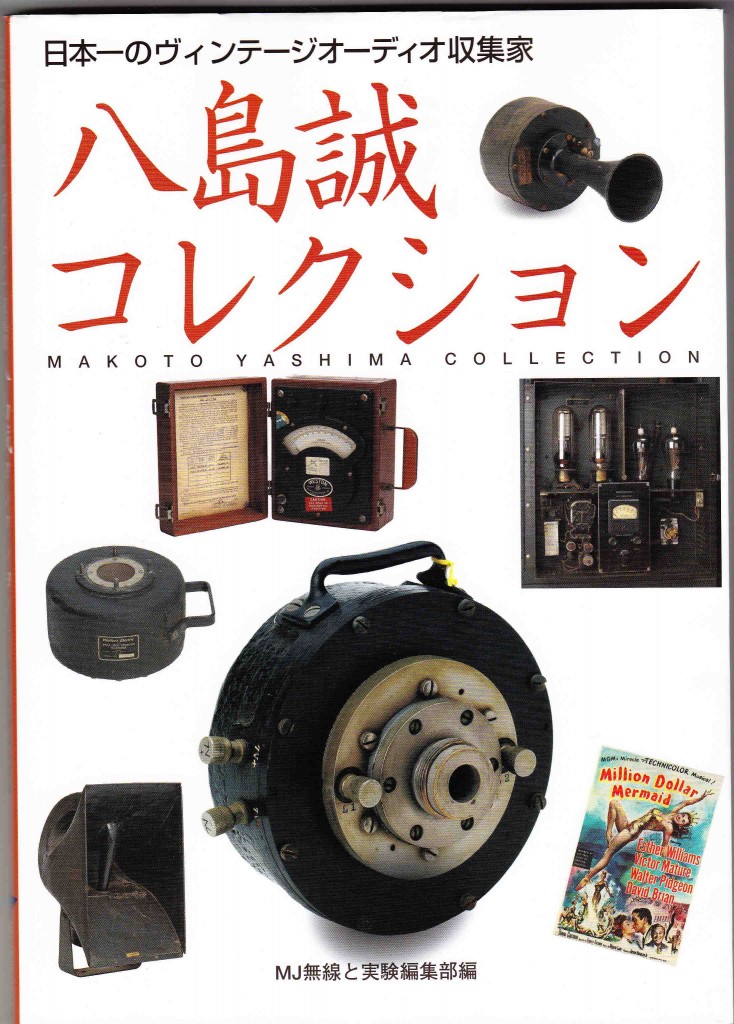
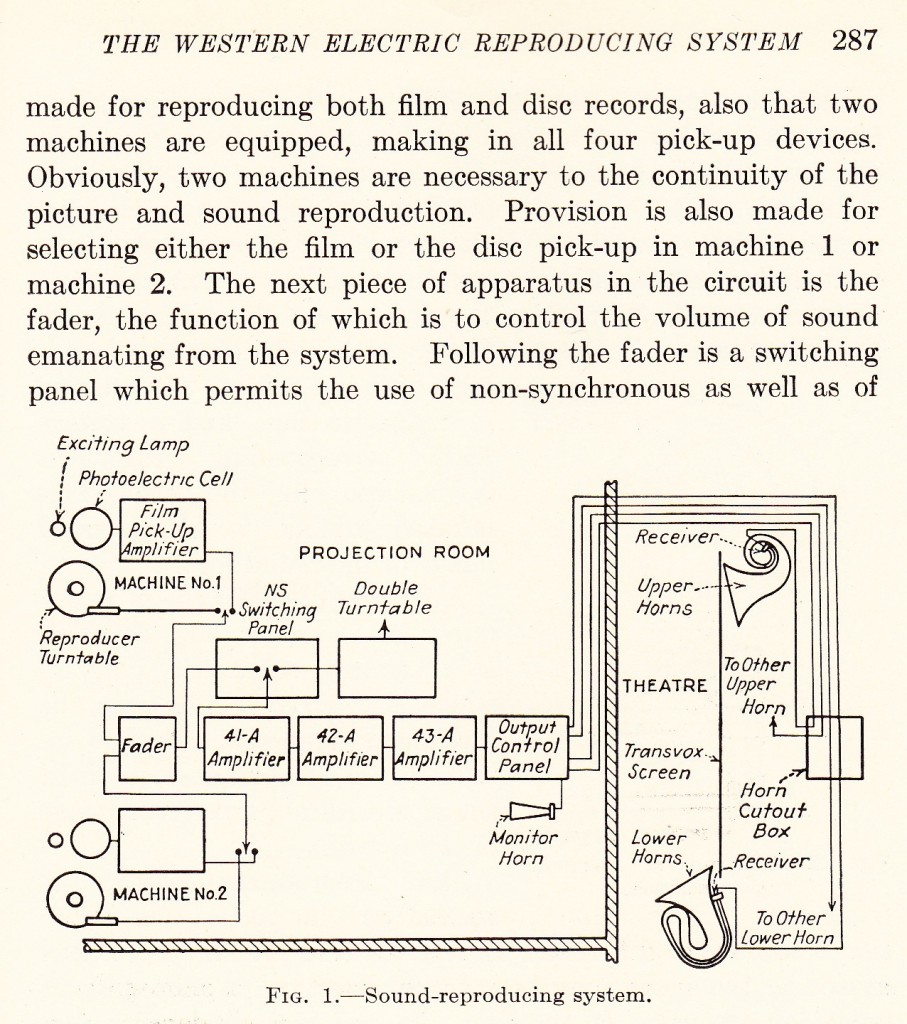
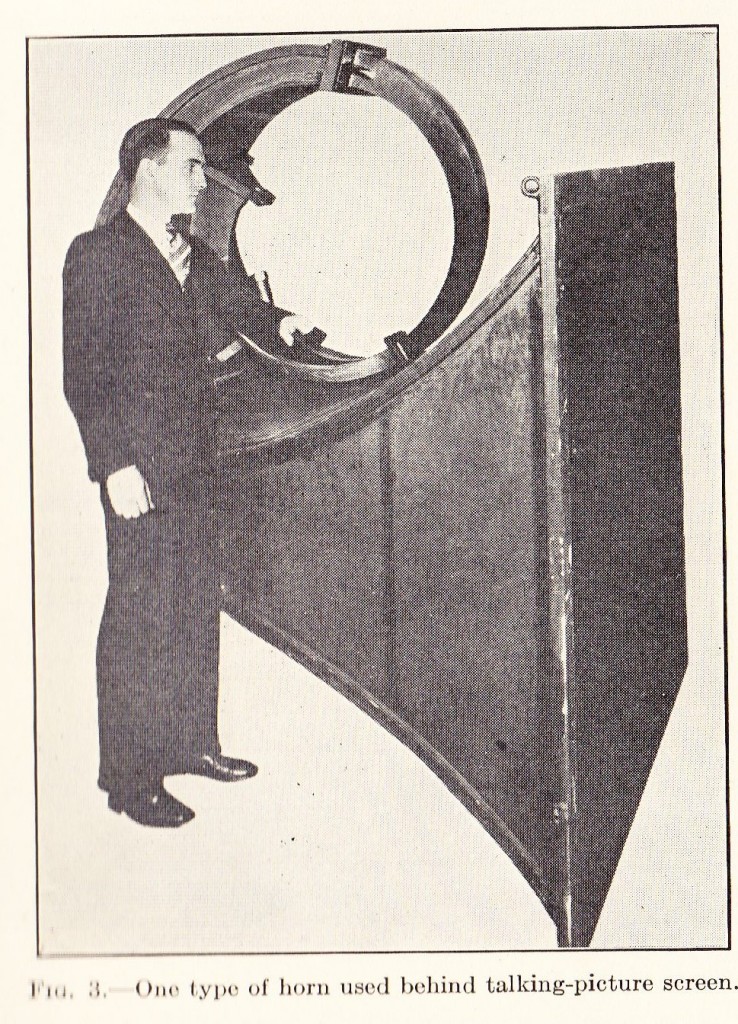
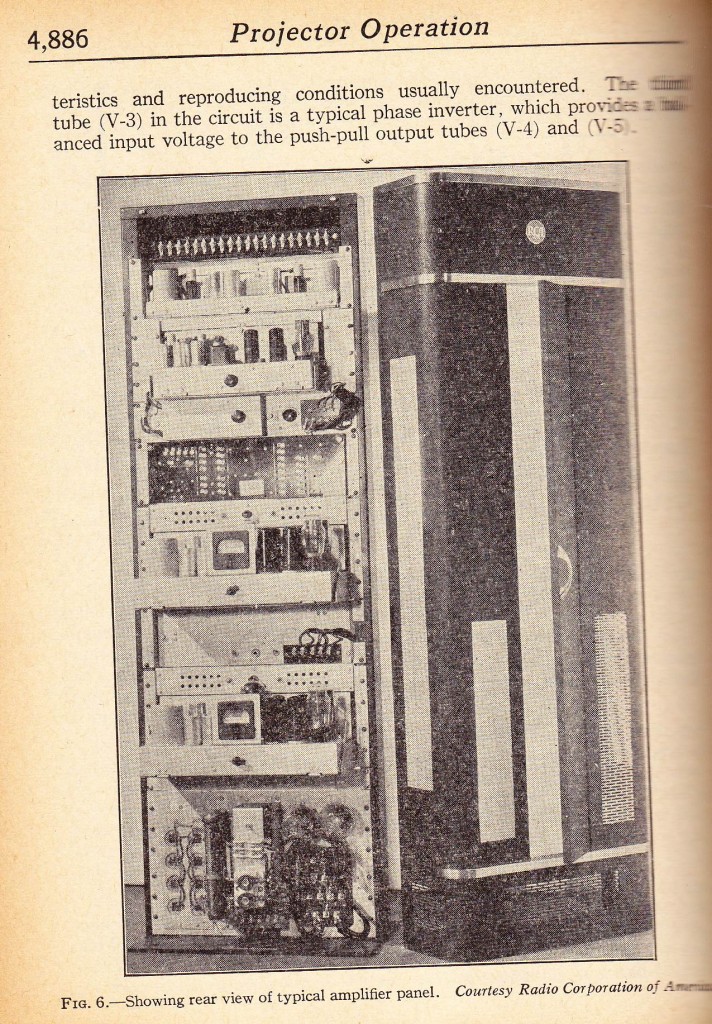
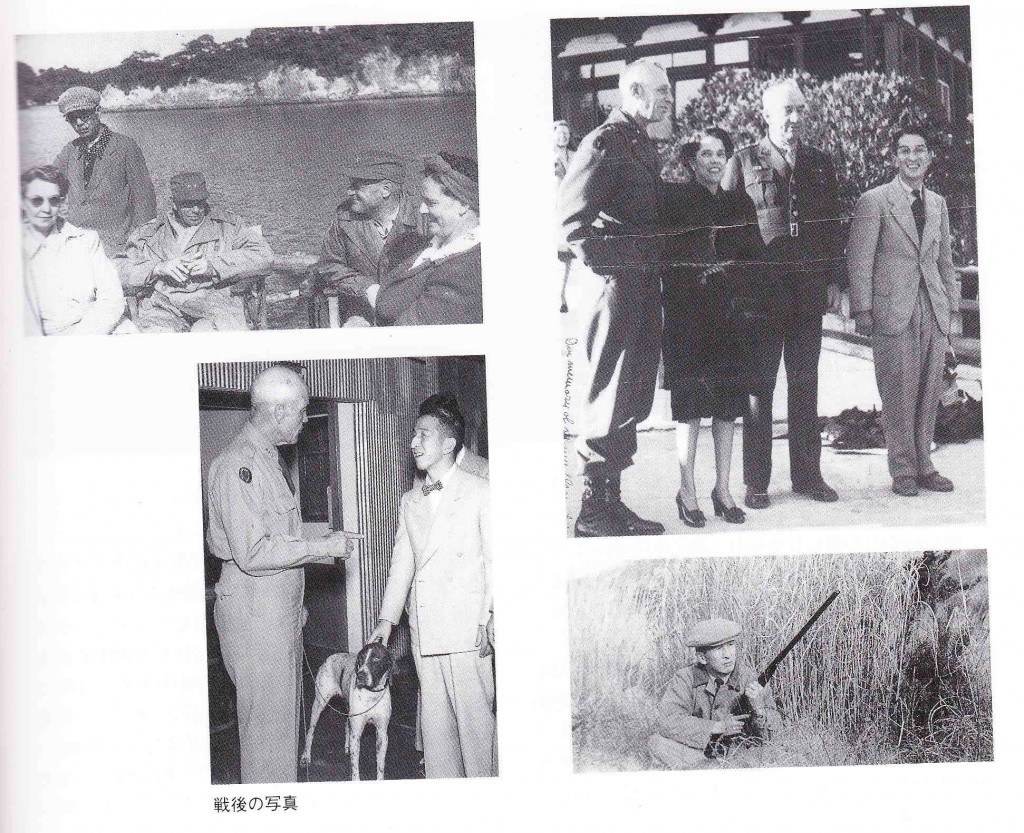
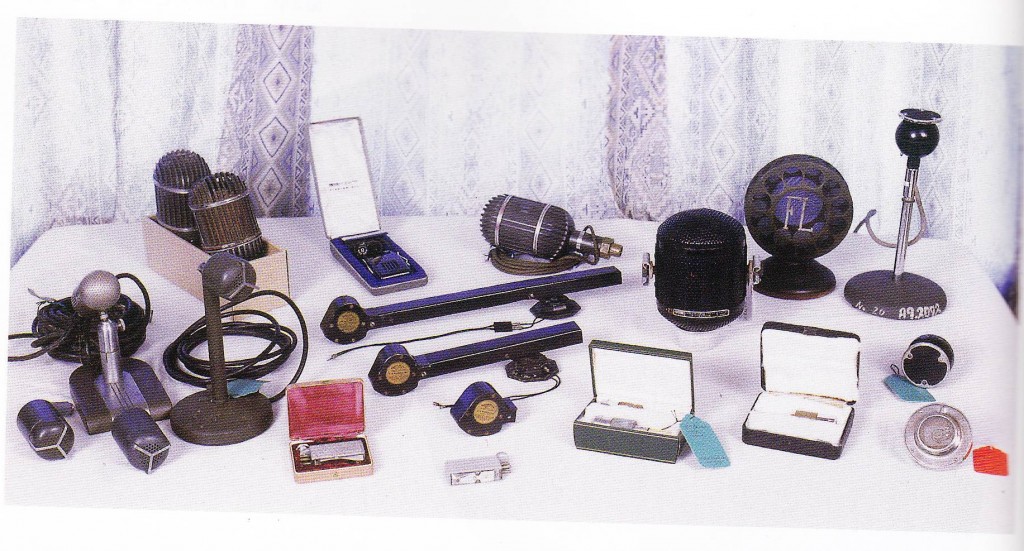
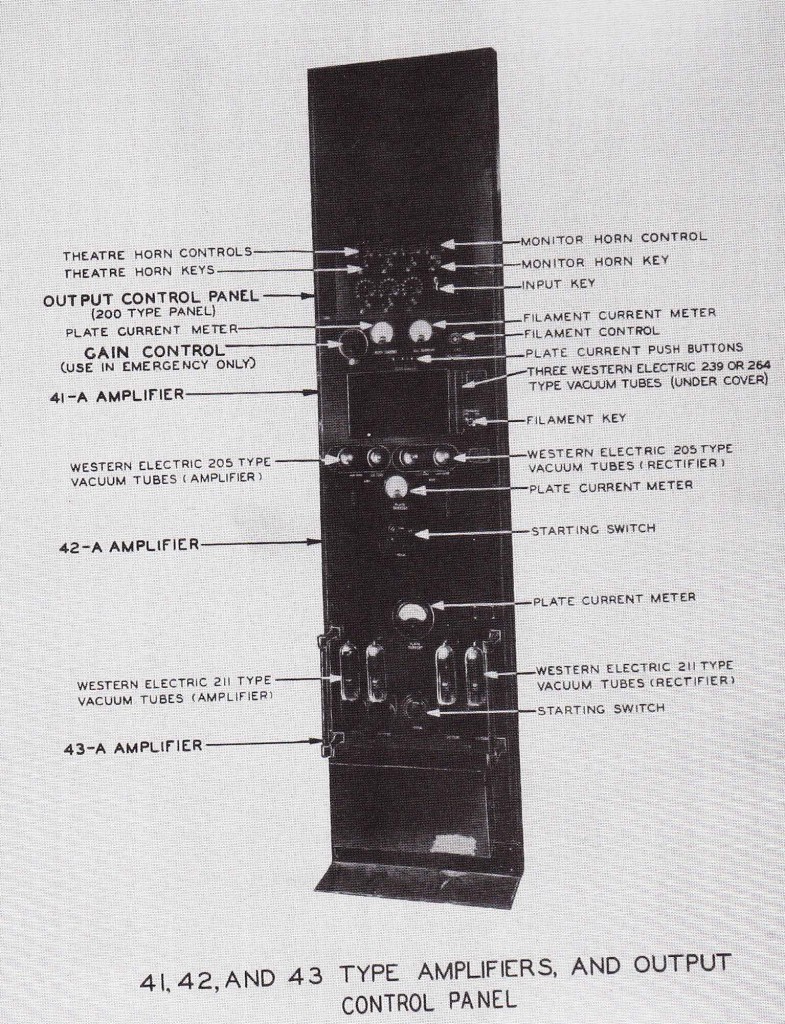
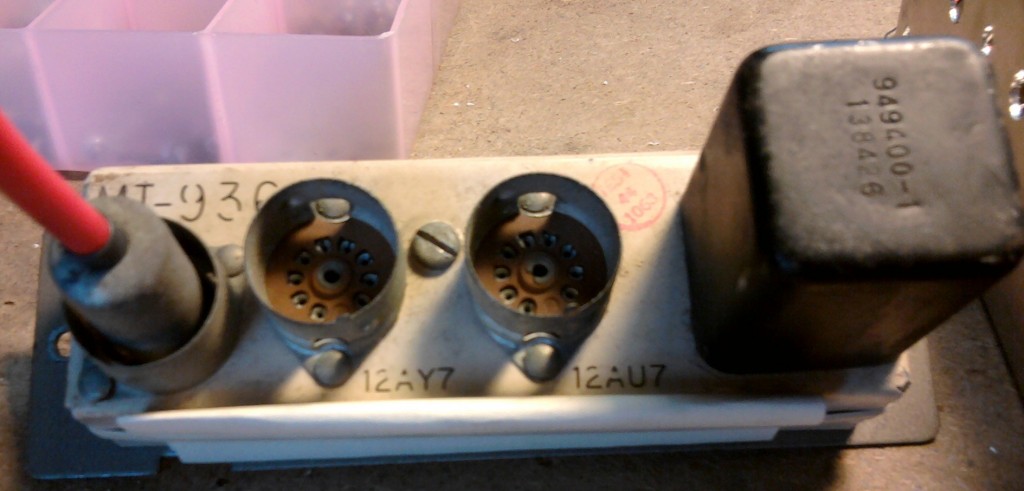
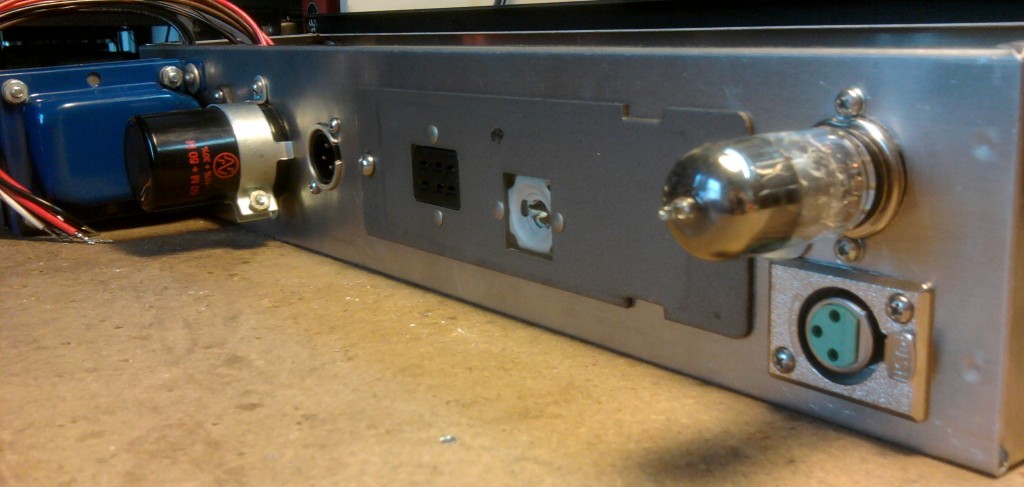
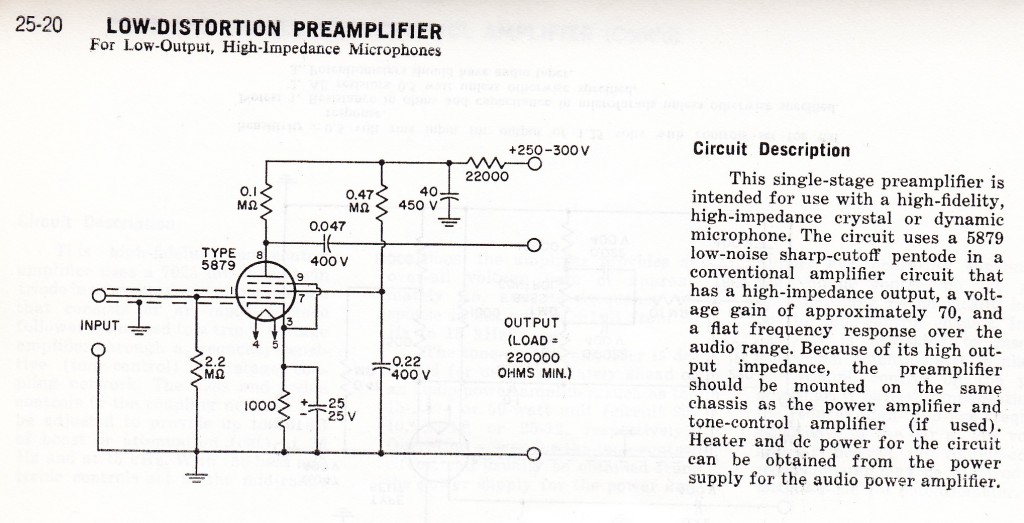
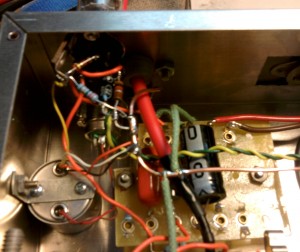
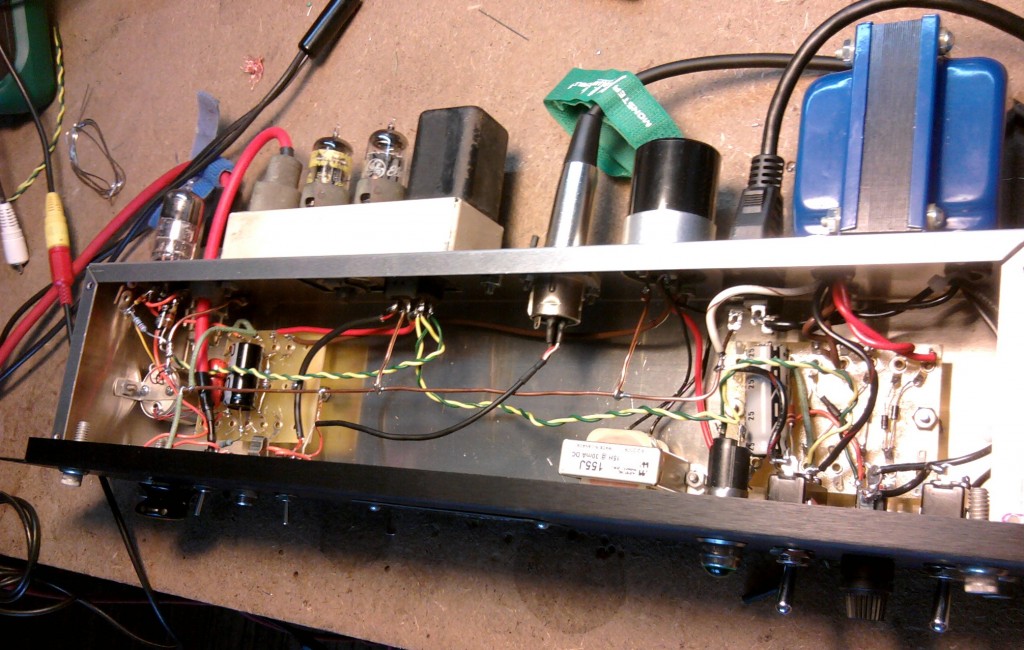
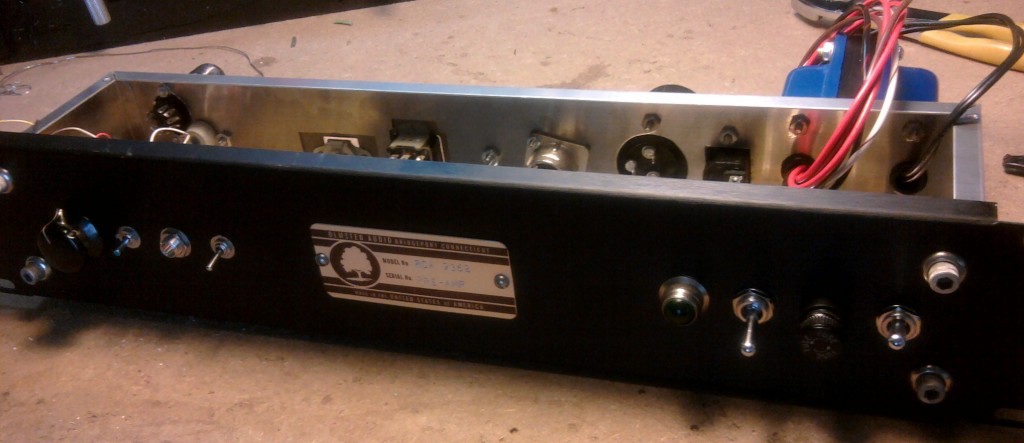
12 replies on “TECH: antique theater equipment”
Can you say more about that chassis? I love that style (tubes and transformers out the back of a rackmount unit).
Also, your nameplate thing in completely genius.
jsn
Hey there J. Thanks for the kind words. re: the chassis: this is my standard chassis fabrication technique for rackmount gear. it’s a Raxxess 2-space black filler panel (i like the aluminum, although u can use the steel one too… more work tho).
basically that goes over yr standard Hammond 17x4x3 aluminum box and cover. This keeps the total cost of the chassis at about $30-$40.
As far as my name plates – you will probably recognize the graphic-design that i reference in this design – these are made for me by Brassname in canada. They did a great job, very very quixk delivery, printing quality is very good – cost is approx $2 per unit and they look pretty slick. Adhesive backed too.
c.
“Does anyone out there use old WE theater equipment for tracking/recording?”
No one can afford it.
Strictly for bragging rights only. 🙂
I did get to hear a certain WE amp in person but I just can’t bring myself to say that it sounded right on the same level as several other similar amps that happened to be much easier on the wallet . . . . oops! 🙂
Very cool website BTW.
I have never heard a WE amp that was any good performancewise. They are just crappy low fidelity units, except that they are very well built and last a long time with minimal maintenance. But the sound is dismal for the price.
Alan heard a set of WE 121A’s I had for a few minutes. I had an acoustic live to two track session I set up to compare a bunch of different antique preamps, and recorded a bunch with the 121A’s. They are real good, but so was the rest of the bunch. The tubes on the WE alone probably cost more than the combined value of everything else I tried.
I came to own a movie theather built in the 1900’s ….one of the pieces of equipment we found was an in-theater sound system named “orghestraphone”….made in the 1920’s ??? it has a 78 rpm turn table and looks to be in good condition…any idea where I could get information about this equipment? Tks.Harry
There was an early sound for film system that used a turntable synced to the projector. The disc had a hole punched in it for the start mark. I can only imagine the problems keeping that working.
Thank God W.E. figured out putting it on the film.
Now if only we could get digital television to figure out how to sync the picture and sound……..
I own a circa late ’50’s Eva theater pa. It has several mic pre’s using a x-fmr and a 12ay7 . It also has a bass and treble tone amp ,volume amp, and amplifiers featuring a pair of 6v6’s with tube diodes.It is set up as a redundant system ,A, B not stereo. It came out of an Army base movie theater. It also features separate power supplies for the small amps. All of this is housed in an metal enclosure. I have been unable to document any of the components. I can’t use it as the pws uses a selenium rectifier which is shot and I have no idea what the b+ voltage should be. Any advice would be great and it could be for sale as I could remove the modules.
Oops,that’s a RCA pa not Eca.
I own an abandoned 1940’s era movie theatre.
What’s the potential value of the equipment?
Who can I speak to?
Please click the link “Contact us/ FAQ” on the main page of the site.
hi looks like you built something similar to what im going to have to build using the mi9268 modules out of a 50’s RCA theatre sound system also recently acquired a pair of mi4118a modules as well sure would be nice if some one who has schematics would post or make available to help keep this fantastic historical equipment alive. thank you for posting this, Lance